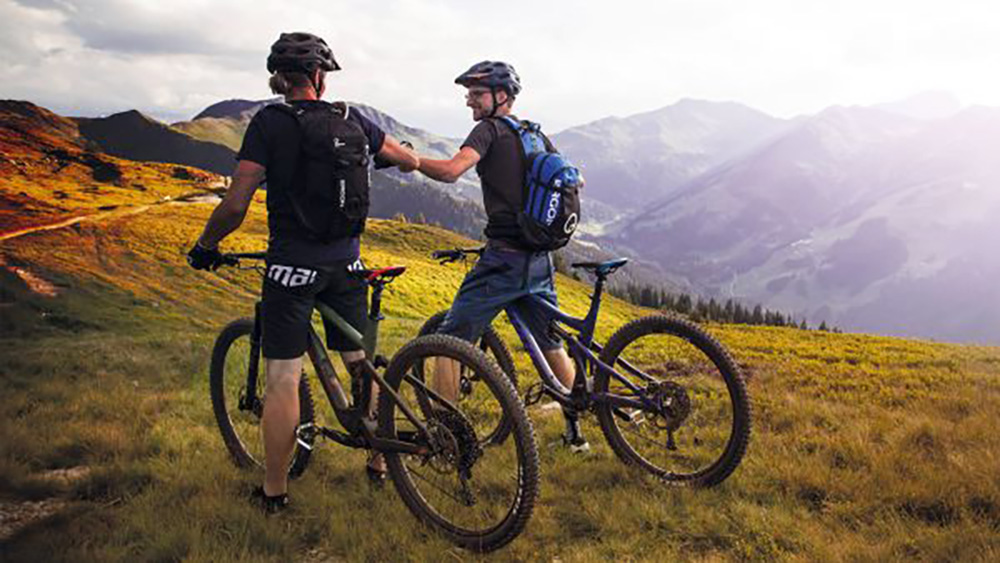Best mountain bike saddles 2024 – the top 6 most highly rated MTB seats we've tested
Whether pounding out the miles or winching back to the top of the trail is your thing, here's our round-up of the best mountain bike saddles

A mountain bike saddle has one important job, providing a comfortable place to sit while riding, however finding the best MTB saddle for comfort can be a tricky process.
Personal preference and body shape will directly impact a saddle's comfort and performance. A perfect fit will give miles of comfortable pedaling, while even a little discomfort can quickly ruin a ride.
We've tested loads of mountain bike saddles and picked the very best for this guide. Our top choice is the SDG Bel Air v3.0 Lux-Alloy, while our pick for comfort is the Specialized Power Expert.
Keep reading for our list of the best mountain bike saddles or if you are confused about cutouts or pondering about padding, skip to the bottom for everything you need to know when choosing the best MTB saddle. Alternatively, see our saddle setup article to find the perfect saddle position.
If you're looking for a female-specific MTB perch, be sure to check out our best women’s MTB saddles guide.
The quick list

Super comfy and shock shrugging
A tough and versatile classic saddle, with new materials and smart profiling making it lighter and even more comfortable.
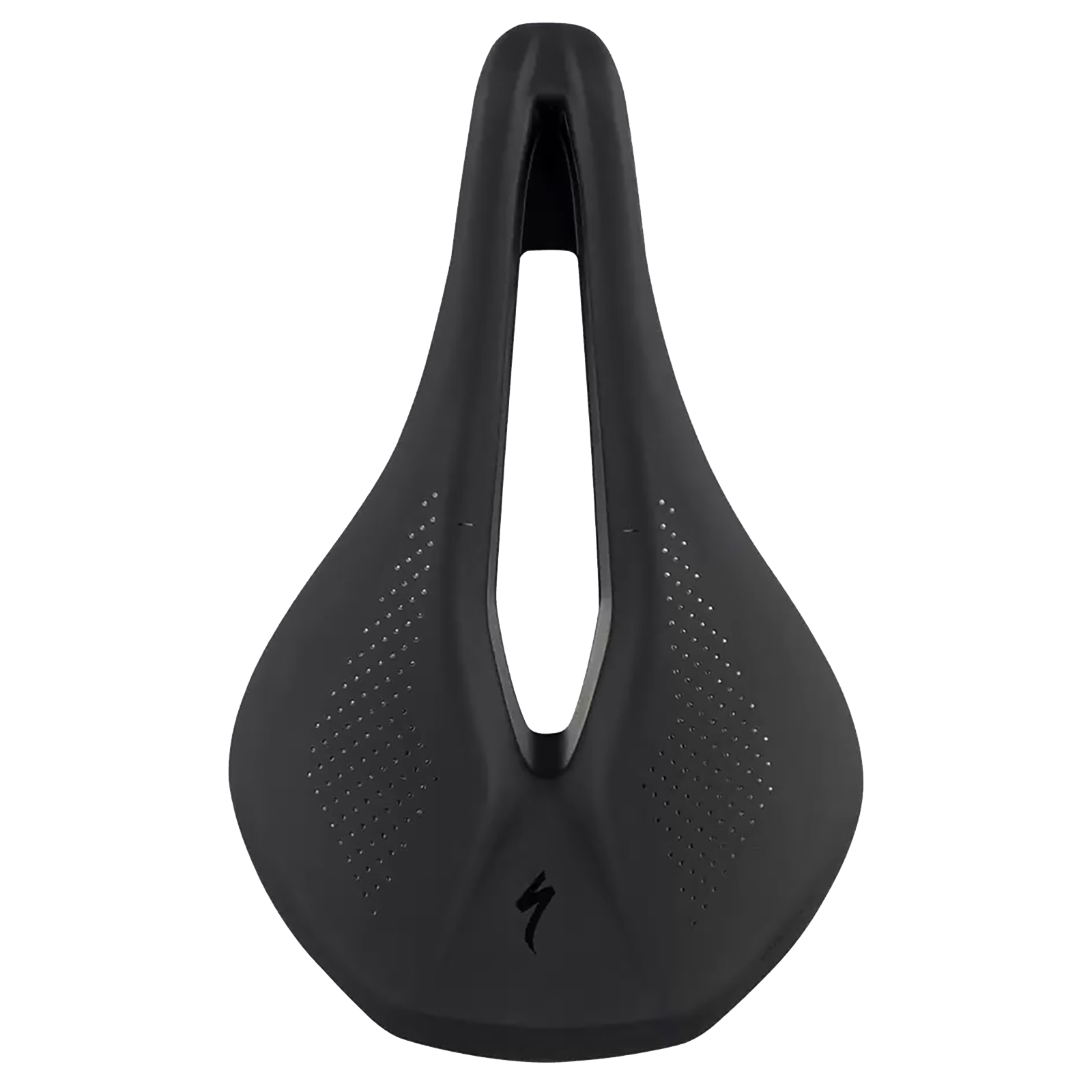
All-day saddle with cutout and cushioning
Designed to relieve saddle discomfort, the Power Expert is a godsend for riders who suffer pain and numbness to their rears.

Universal design with a short, wide nose
The Koda comes in a great range of sizes, widths, and rail material options, making it more likely you'll find one that fits you perfectly.
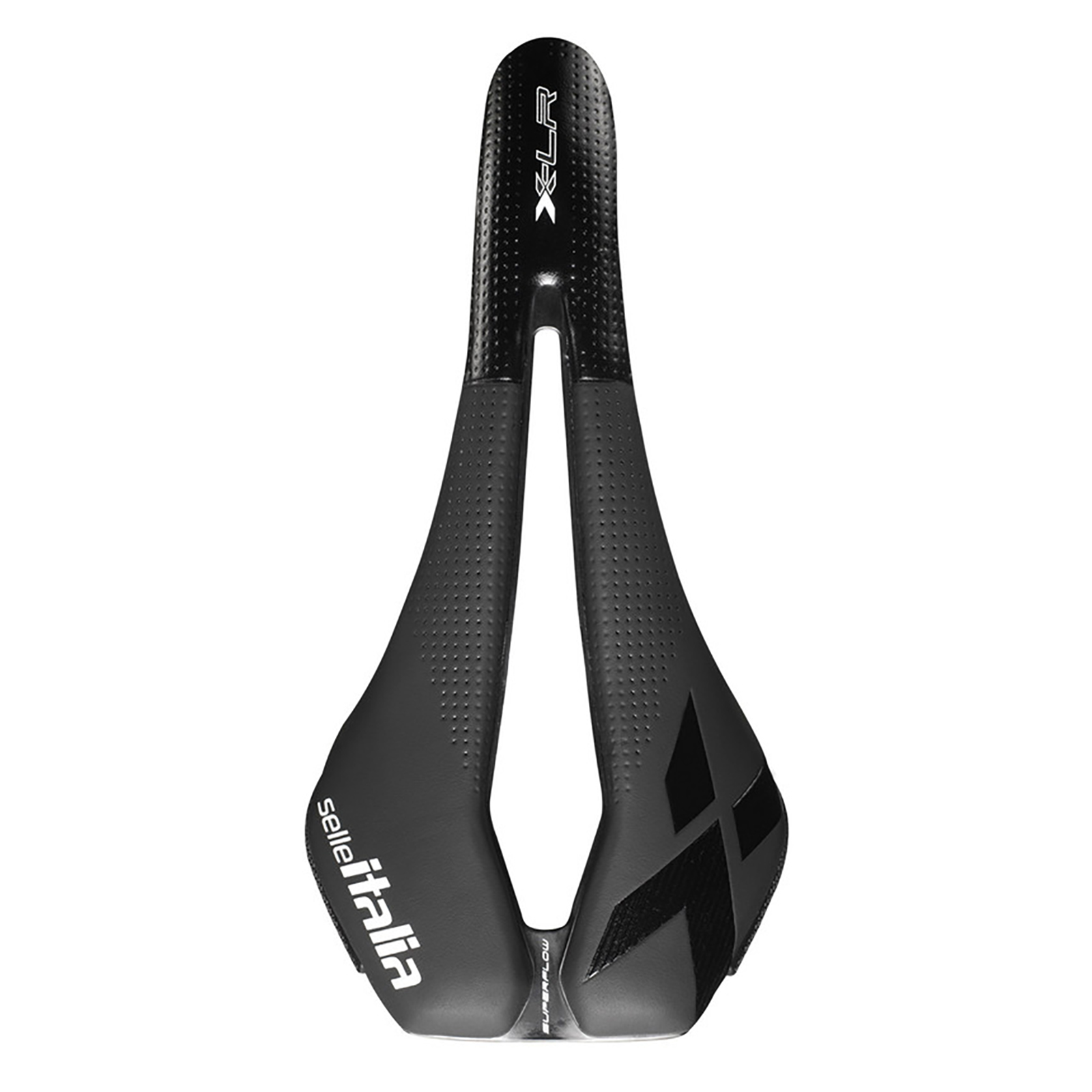
Narrow, curved, and lightweight off-roader
A cross-country racer’s saddle, with a great combination of lightweight, maneuverable form and protection.
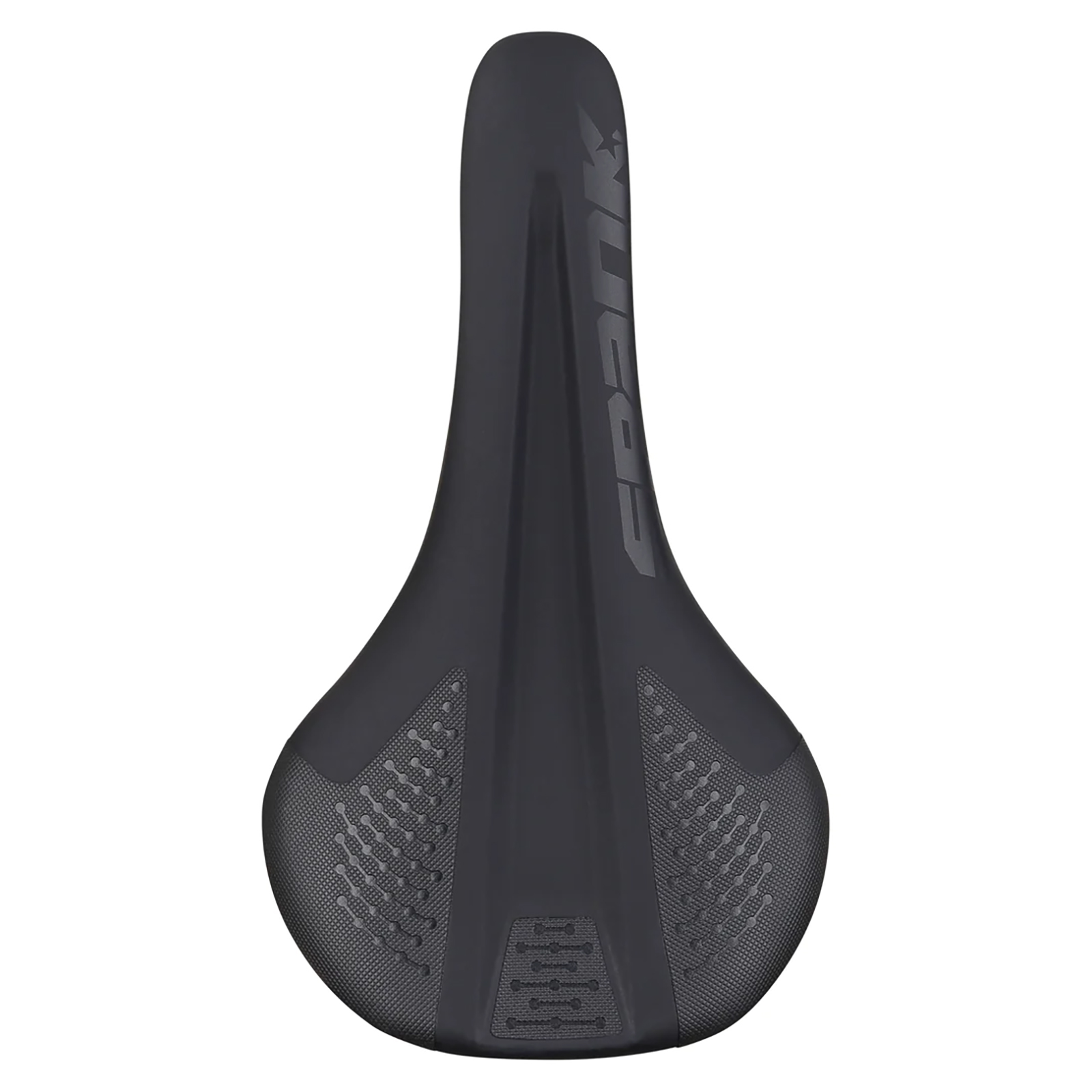
Tough, lean, and efficient firm saddle
If you want a race-oriented gravity MTB saddle, the Spike 160 combines a sense of robustness with a speed-oriented leanness.
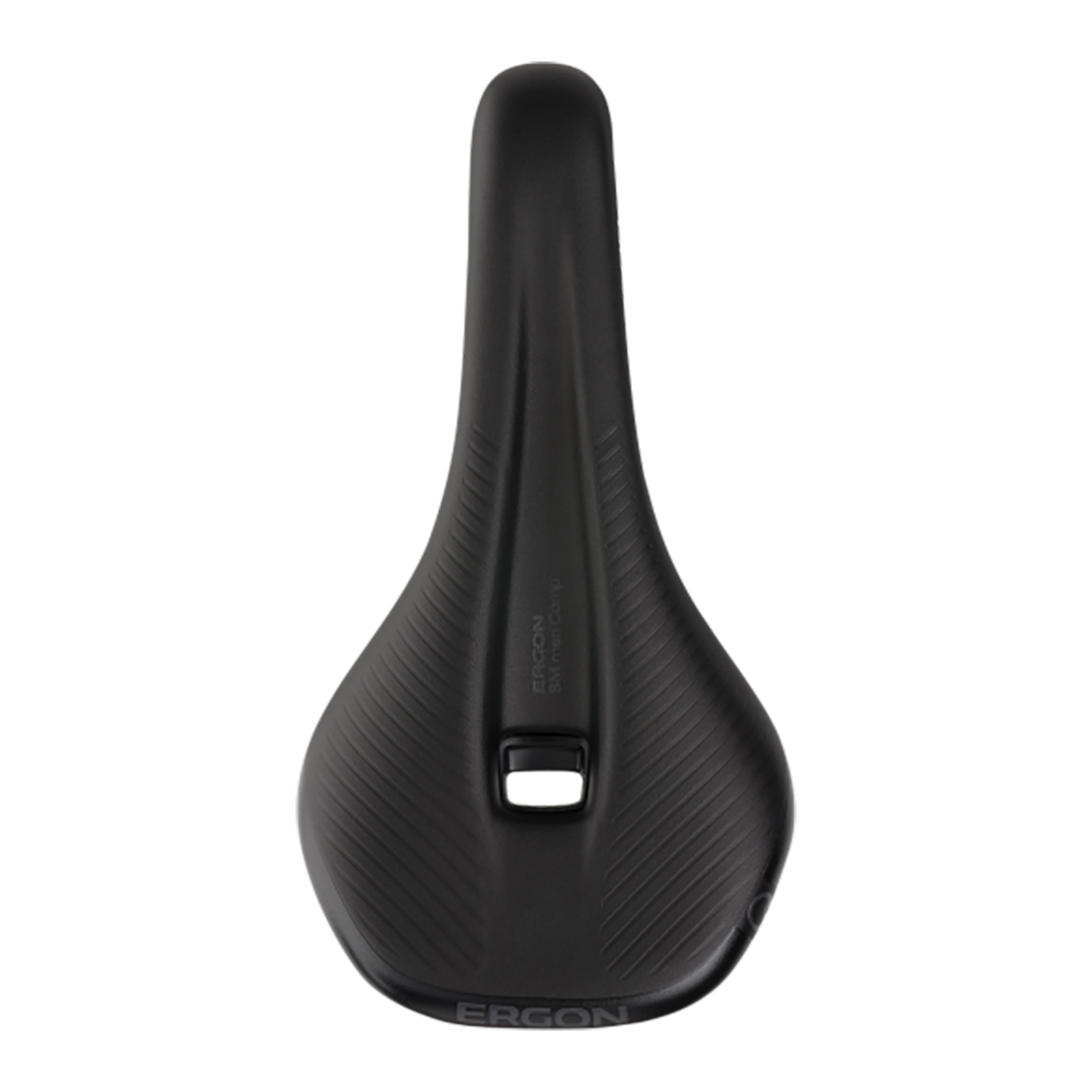
Flat design with orthopedic foam
Ergon’s SM Comp comes in two different sizes so you can match the saddle to your sit bone width for optimum comfort.
Best mountain bike saddles
Why trust BikePerfect
1. Best overall
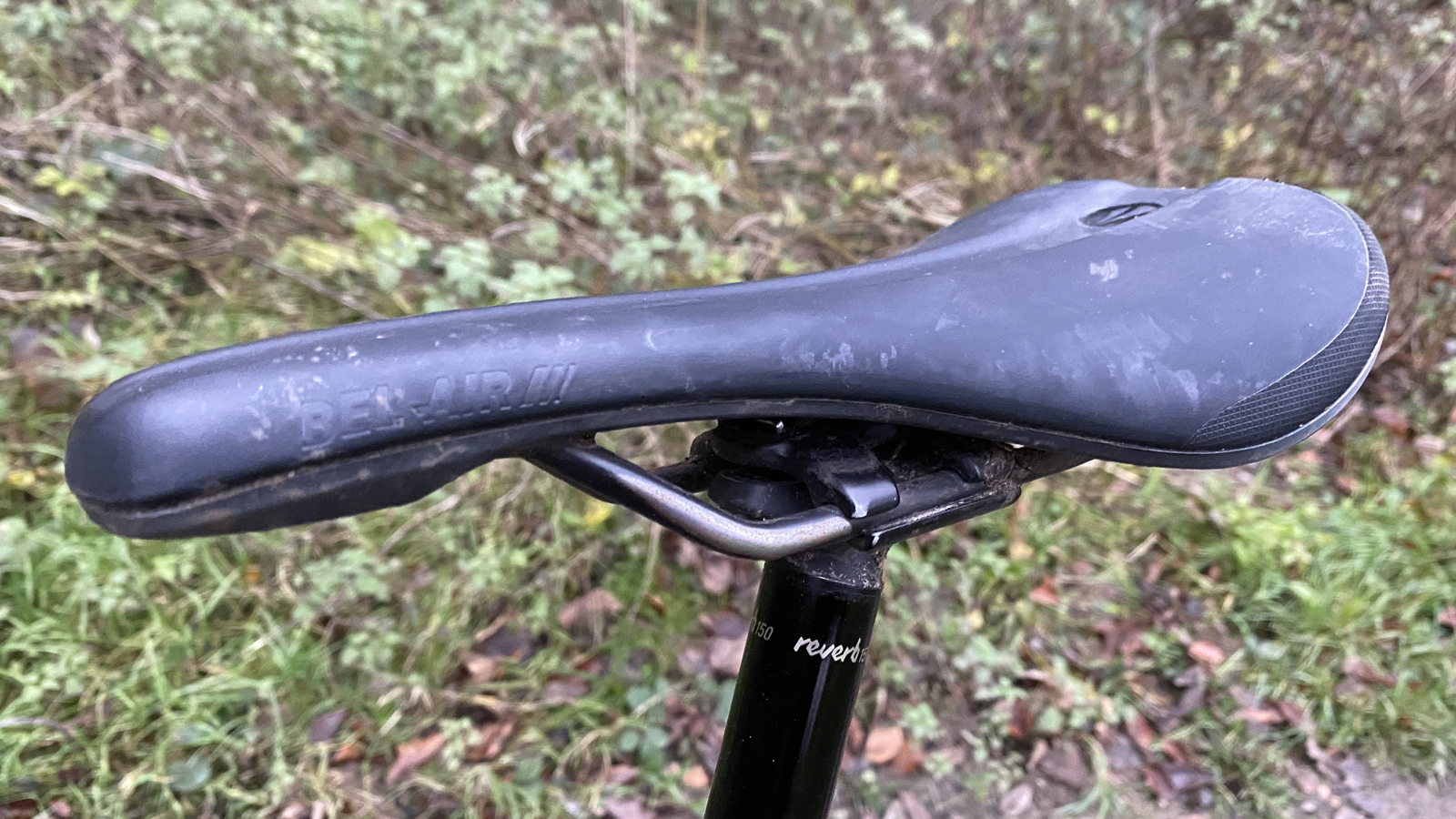
Specifications
Reasons to buy
Reasons to avoid
The SDG Bel Air saddle has been a classic since the original mid-'90s versions. The obvious change in the third-generation Bel Air is that it’s a lot flatter. That doesn’t mean the top profile has lost its subtle raised rear S bend profile, but it’s nowhere near as deep underneath. If you get the measuring tape out, it’s also a bit shorter than before, but there’s still enough shuffling room without falling off the front compared to the latest stub-nosed setups. Its balance of sit-bone support and easy movement worked well for all our testers.
In terms of construction, the one-piece ATMOS ‘sonic-welded’ cover still gets protective corner bumpers, which is pretty rare these days. It’s really easy to clean, and in Guy Kesteven's testing, it survived several months of hard riding and several crashes without a scratch. The thin layer of EVA foam gives firm support over the flexible base, and the rails have a particularly narrow stance at the rear with flexible ‘free float’ anchors which we found increased mobility and helped reduce ‘bottoming out’ impacts.
Those who remember the original Bel Air will either be happy, or disappointed, that the new generation Bel Air does not come in the questionable funky camo, cow skin designs of old.
Check out our full review of the SDG Bel Air V3.0 Lux-Alloy saddle.
2. Best comfort
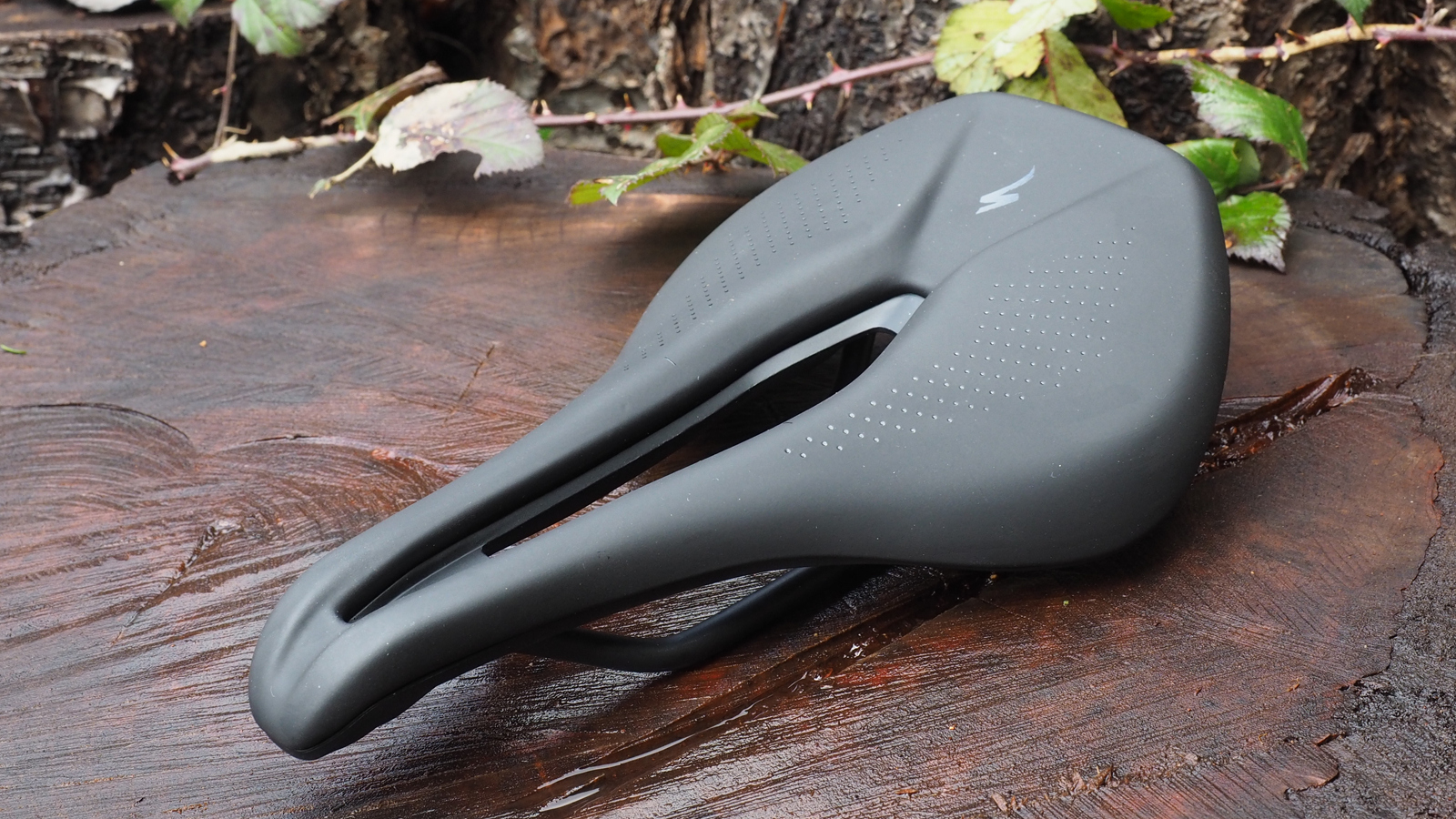
Specifications
Reasons to buy
Reasons to avoid
The Expert sits third in Specialized's Power range, above the Power Comp, (lighter but made with less durable materials), and below the Power Pro with Mirror (titanium rails and sophisticated 3D-printed cushioning), and the S-Works Power with Mirror (lighter, with carbon rails and shell and 3D-printed padding).
One of the saddles key components are its lightweight hollow titanium rails, which are relatively rare at this price point. Even though at 230g the overall saddle weight isn’t particularly low, the lighter rails allow the Power Expert to offset a decent level of cushioning without affecting the overall weight. The titanium also helps reduce vibrations through the saddle too. A cavernous central cutaway combines with a stubby, truncated nose, intending to ease pressure on your tender parts and making it ideal for long days out pedaling.
The Power Expert is definitely a comfortable saddle as Sean Fishpool found out when he put it to a thorough test. He noted that the "cushioning is firm enough to feel purposeful, but thick and compliant enough to be a genuine all-day companion, even when you’re shuttling between tarmac and rough ground. The short nose and the relatively narrow tip give a gloriously free-spinning, unencumbered feeling for your legs."
If you’re after a secure, comfortable all-day saddle, the Specialized Power Expert should be on your shortlist.
For info, check out our full review of the Specialized Power Expert saddle.
3. Best for women riders
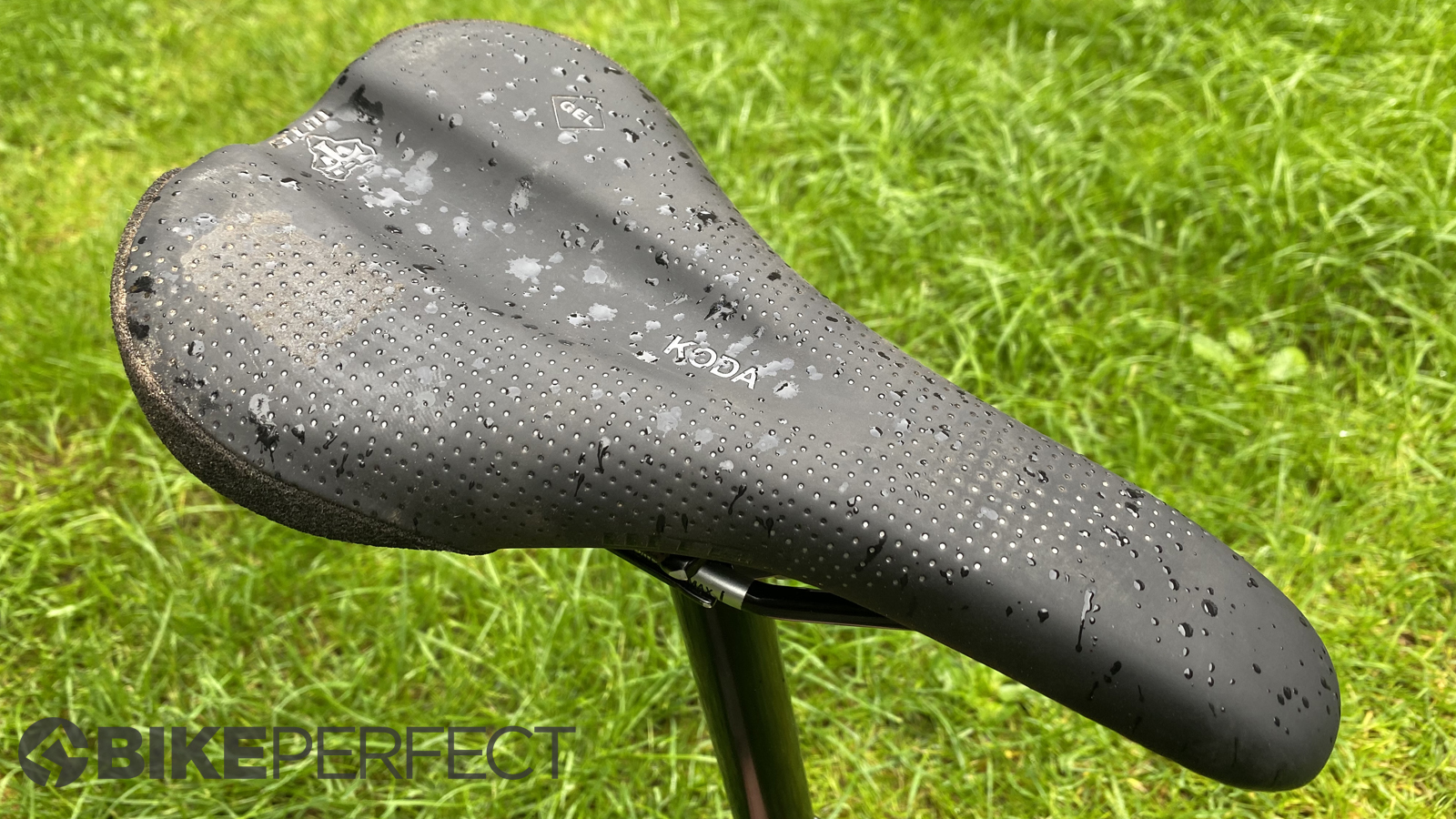
Specifications
Reasons to buy
Reasons to avoid
Perhaps better known for its take on the best mountain bike tires, WTB (Wilderness Trail Bikes) also does some great value saddles. The Koda was originally designed as a female-specific saddle with input from marathon MTB racer Rebecca Rusch, although it turned out to be popular with guys too. It comes in a regular or wide width and a couple of rail options.
The standout feature of the Koda is its nose design. In our testing, we found the nose is wide enough so that you can comfortably sit on the front of the saddle on steep climbs, while also being short enough that it didn't get caught on our shorts. If you're not a fan of wearing MTB bibs with padding, we found the gel insert enhanced HLX padding to still be very comfortable.
After putting the miles in on the Koda, Guy Kesteven found the "slight raised rear, curved nose naturally puts you in the sweet spot too, with the same ‘just right’ grip from the perforated microfibre cover."
For more details on how the saddle performed, check out our full WTB Fit Right saddles review.
4. Best XC race
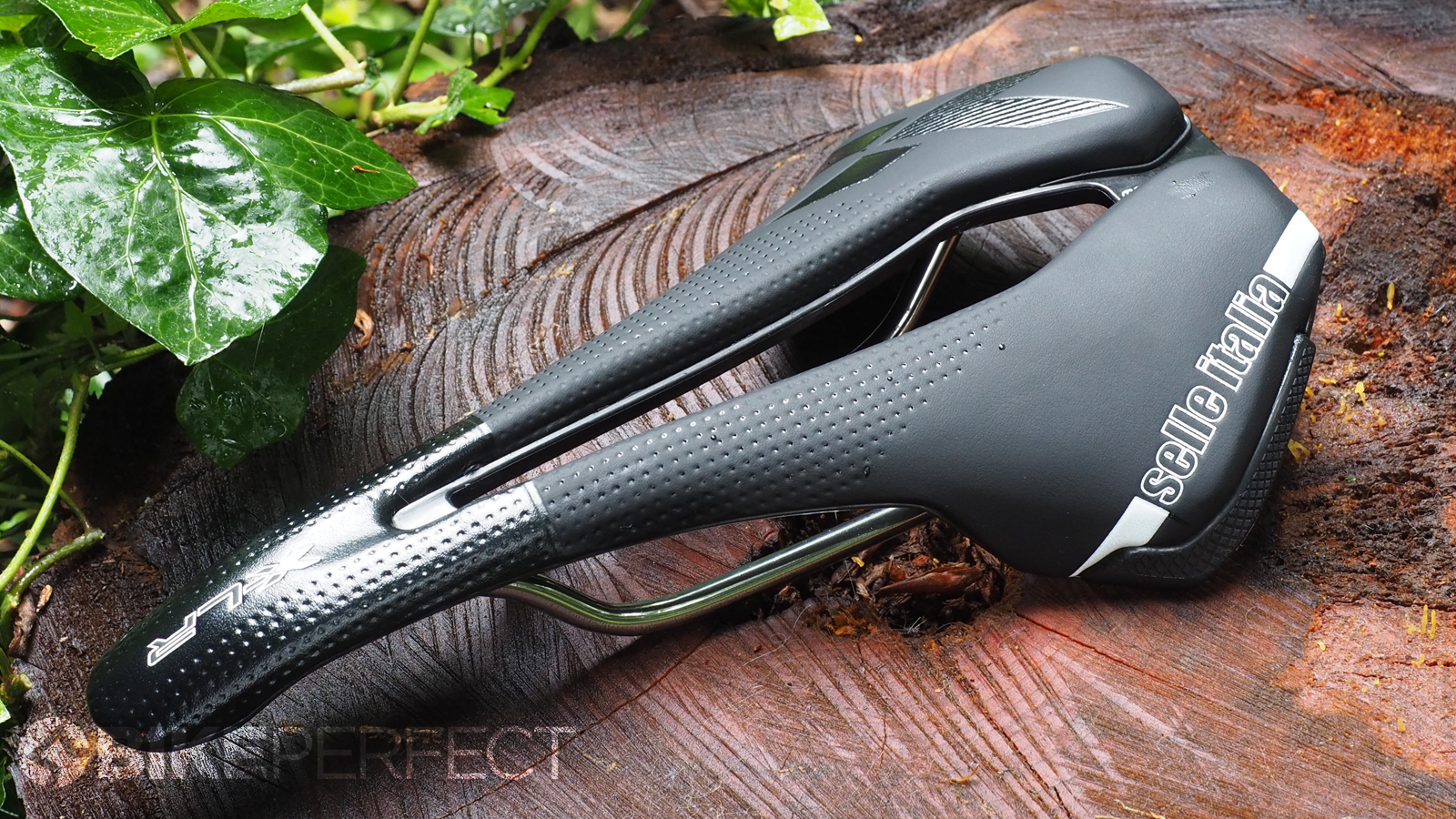
Specifications
Reasons to buy
Reasons to avoid
This is a true cross-country racer’s saddle, which saves the grams but won’t punish you for their absence. Although the X-LR Superflow’s shape is discreet, that does not mean it lacks features.
The seat surface is upholstered in Fibra-Tex to give the saddle a durable finish and reinforced edges. Below that surface, the padding has two different levels which Selle Italia calls Dual Density, and is chosen to improve comfort.
Though the cushioning is thin and firm, we found it's surprisingly protective when combined with the little bit of natural flex in the carbon-infused shell underneath it, and it does have the magic feeling of being super purposeful and direct when you put the power down.
The real delight for our tester Sean Fishpool was the freedom of movement. We found the narrow front section gave plenty of room for unhindered pedaling, and the curved sides and relatively smooth materials made it super-easy to let the bike move under us when we needed to.
Check out our full review of the Selle Italia X-LR Ti316 Superflow saddle
5. Best gravity
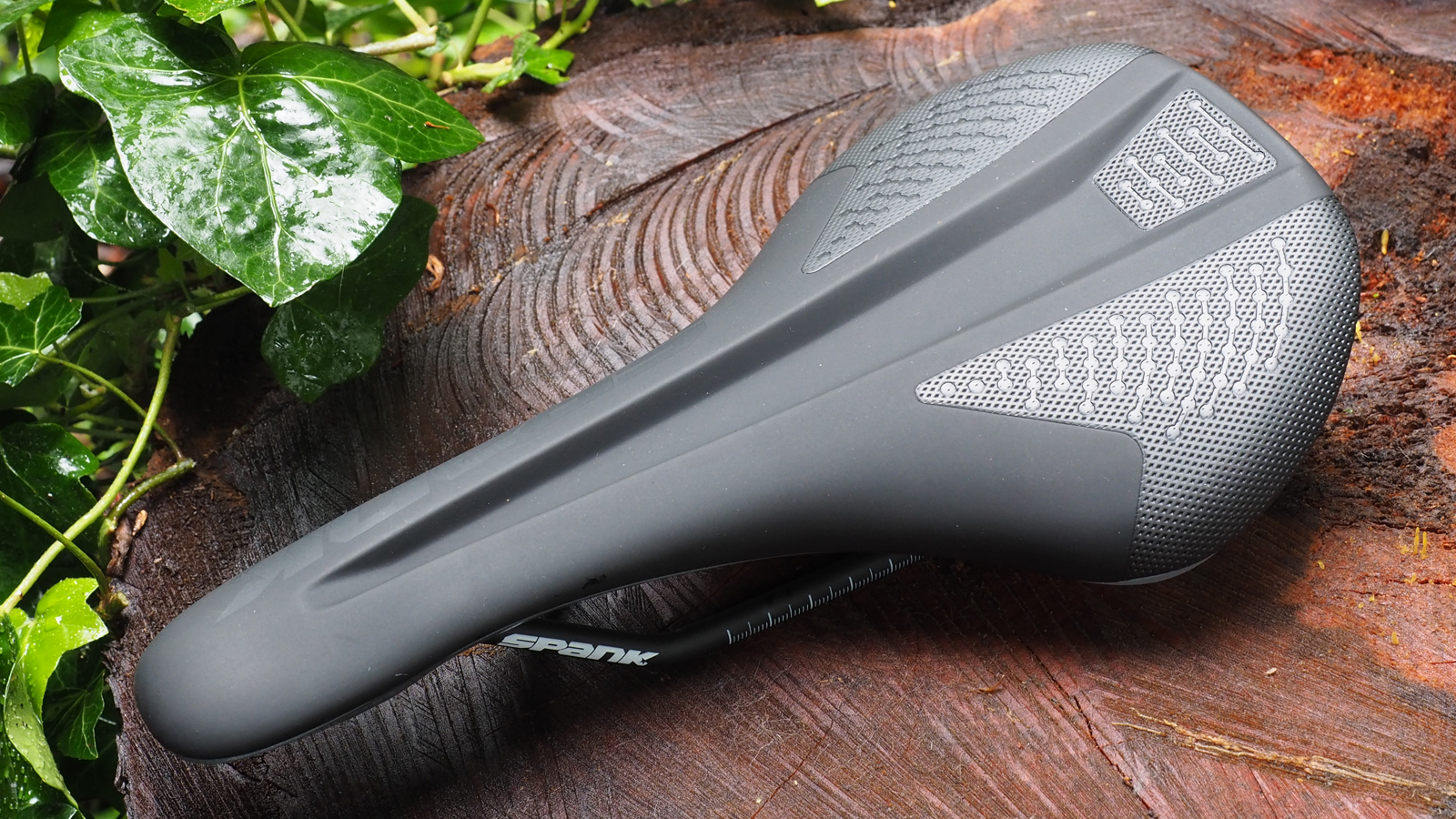
Specifications
Reasons to buy
Reasons to avoid
The Spank Spike features a minimalist design meant for downhill and enduro racing, which means the saddle will stay out of your way when you're sending it at full speed. It's not the most lightweight saddle, but it's still pretty respectable considering it is ready to take on gravity duties.
The contact points and impact zones have been reinforced and optimized to stand up to aggressive riding. The surface finish of the saddle has a grippy texture to help maintain rider position on technical steep climbs but we didn't find it so abrasive that it limited maneuverability and comfort. The broadness of the front section gave a stable grip for the legs when out of the saddle, and Sean found it a comfortable enough perch when riding further forward than normal while tackling steep climbs, too.
There are multiple color options, including a Geoff Gulevich signature colorway, and the price of this saddle won't break the bank either.
For more, see our full Spank Spike 160 saddle review.
6. Best for narrow sit bones
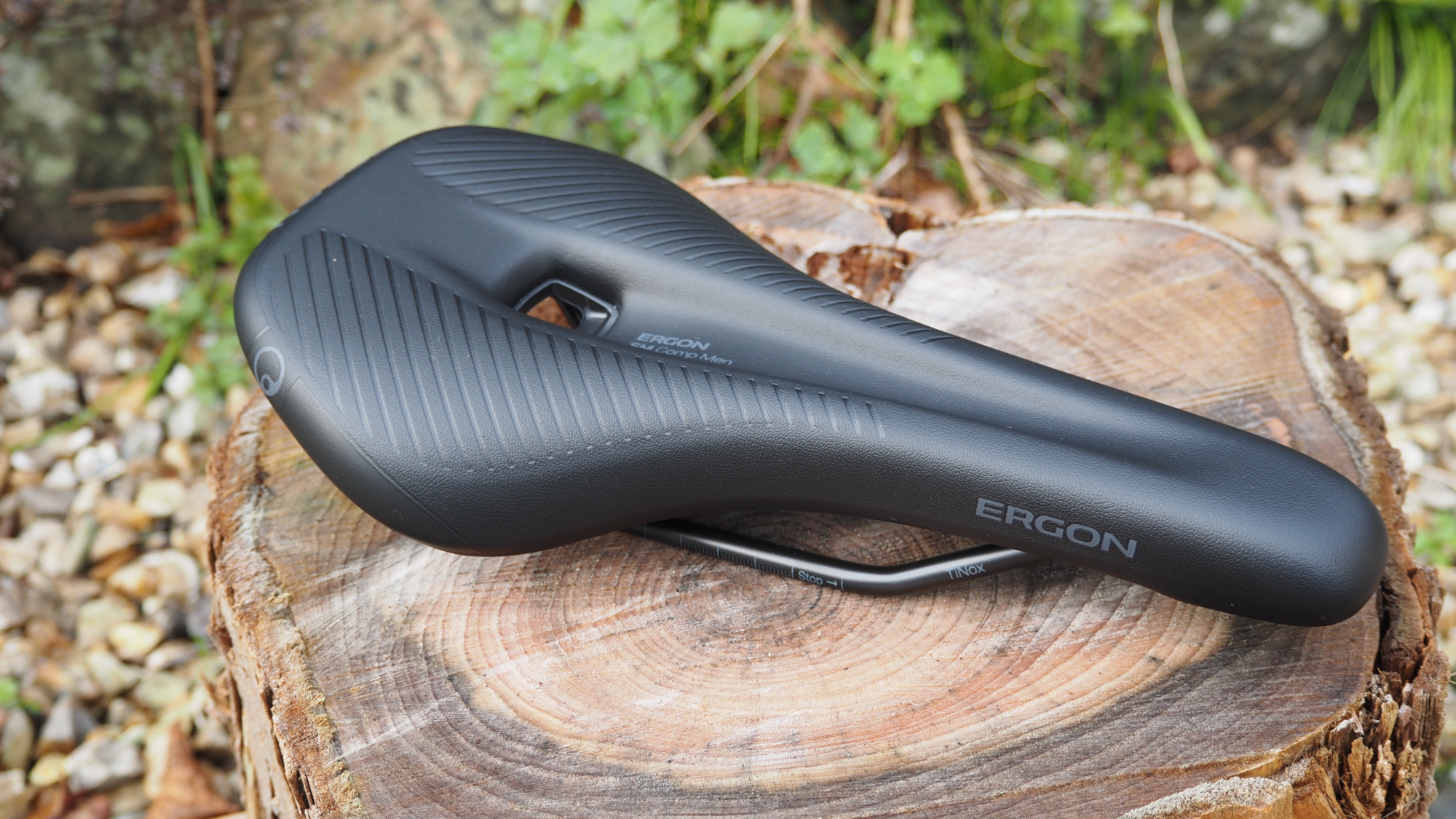
Ergon SM Comp
Specifications
Reasons to buy
Reasons to avoid
The German company is a leading grip and saddle brand with designs that prioritize comfort. The SM series covers a wide range of saddles which all come in two sizes for different-sized sit bones along with male and female-specific options.
The standard SM saddle comes in three models at different price points with different construction and finishes – Sport, Comp, and Pro. It's also available in e-bike-specific, touring, enduro, and downhill versions.
Orthopedic foam prevents any morphing of the saddle’s padding and a micro-fiber surface material ensures a finish that is confidently rain and weather-resistant.
A flatter design provides more freedom of movement to put down the power when riding in any position, and flanked sides reduce friction when pedaling.
Bike Perfect editor, Rich Owen, has been testing the 144mm SM Comp saddle and the reduced width is a great match for his narrow sit bones.
How to choose the best mountain bike saddles
How much should I spend on a mountain bike saddle?
Fairly basic saddles cost around 50 dollars/pounds and can often be an upgrade on the saddles bikes that come as standard at the entry-level end of the market. While at the other end of the scale, you can spend hundreds of pounds on saddles made using the latest designs and the most lightweight materials.
You can buy a decent saddle from around the $60 to $100 (similar price points in GBP) mark that should last several years if looked after and doesn't get trashed in a crash.
What is the difference between a mountain bike saddle and a road saddle?
Mountain bike saddles differ from road bike perches due to the environmental and frame differences that apply to these two cycling disciplines.
Mountain bike frames are generally longer than road bikes, with much slacker head angles and a contemporary trend towards very steep seat angles. You’ll be in a more upright seated position when climbing your mountain bike, which alters weight distribution over the saddle’s support surface.
It is also worth remembering that mountain bike drivetrains feature extreme climbing gears not found on a road bike. On gradients where you will be out of the saddle, powering in a standing position on your road bike, you’d be seated on a mountain bike, running a much higher cadence. This means that any possible discomfort will manifest much sooner when climbing your mountain bike.
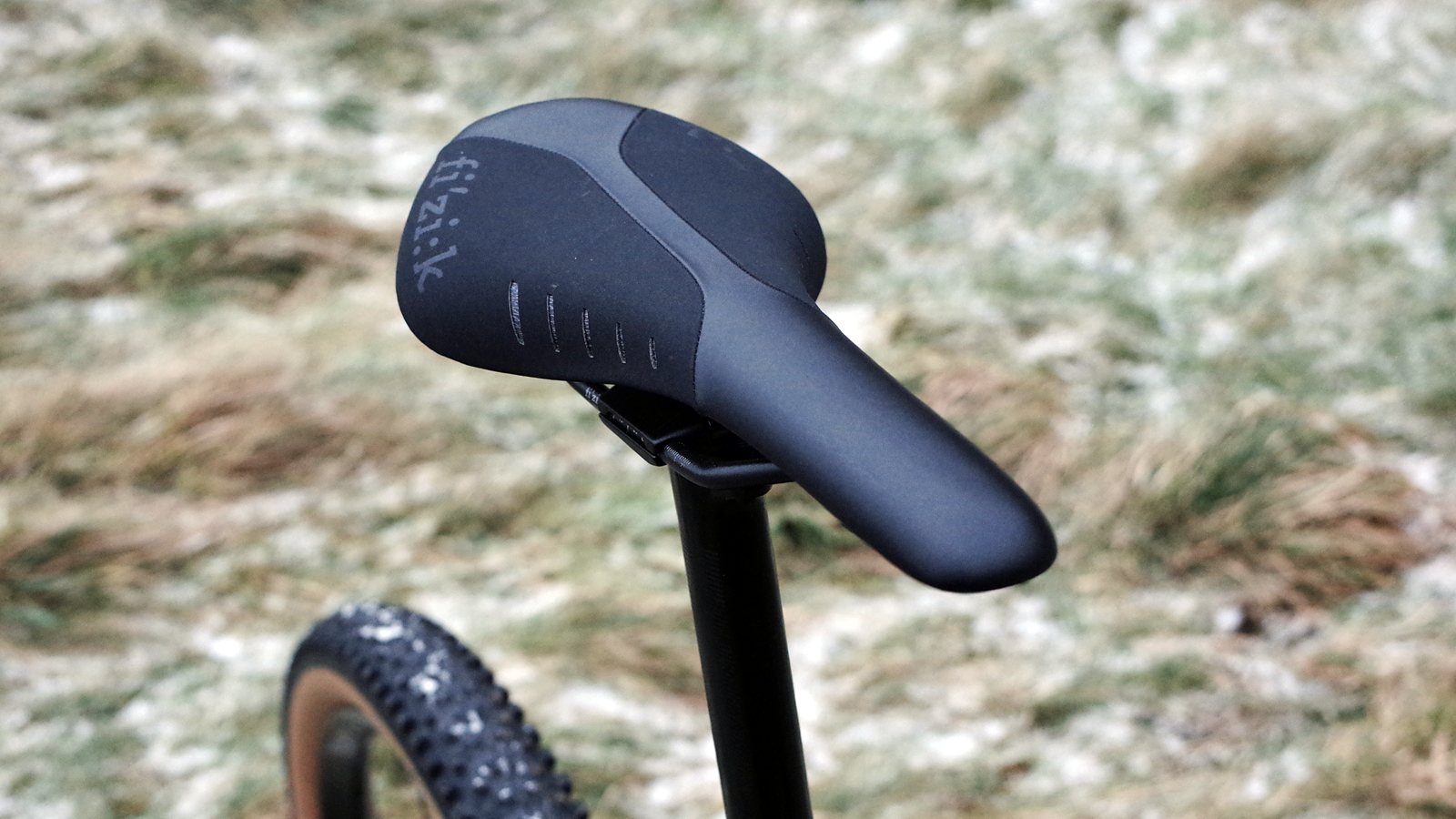
What is the most comfortable mountain bike saddle?
When buying the an MTB saddle you need to consider its function. The best MTB saddle for comforts primary goal is to place you in the most desirable and comfortable position on the bike, and not impede your pedaling dynamics.
What works for a mate or the local Strava KOM holder will not necessarily favor your physiology. The worst possible bike component to buy on the untested recommendation of another is your saddle as an inappropriate saddle can deliver untold hours of riding misery.
The shape of a saddle, its length, ergonomic contours, and padding are all elements of what could create the perfect perch for you to enjoy hours of comfortable off-road riding.
A common misconception with saddle design is that plentiful padding is best. Rider weight will influence the pressure you exert on a saddle’s seating surface, but in fact, less is often best. A saddle with too much padding will not correctly support you when the foam or padding material starts warping under pressure over time. This has the possibility of creating an annoyingly morphing pedaling perch.
Although there are carbon-fiber surface saddles available, for those who are of an exceedingly slim build and wish to save the most possible weight, you don’t have to consider something as extreme. The trend is to a slimmer profile saddle, with minimalist padding, without sacrificing comfort.
Overall hip and pelvic shapes are worth considering. Those riders with wide hips and heaving quads will naturally require a broader saddle to accommodate their lower physique. Conversely, a slim rider on a wide saddle will struggle to find their ideal pedaling motion, as the seating surface will prove too wide and constrictive. Before buying a saddle, we recommend measuring your sit bones so you can choose the correct width.
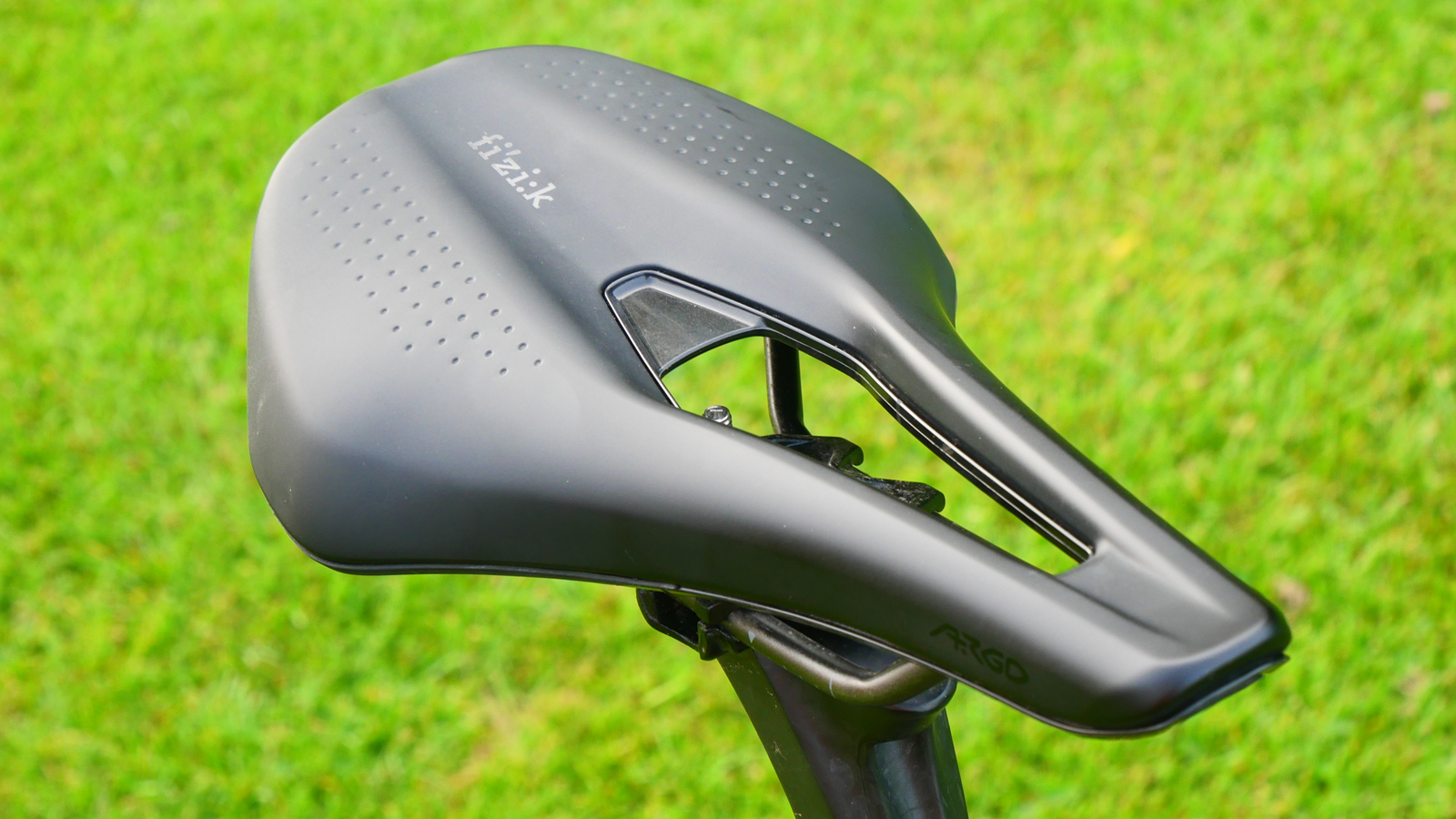
Should I choose a relief channel?
Saddle structure has also advanced to a point where cutouts and relief channels in the center can be manufactured, without weakening the chassis. These ergonomic features can greatly increase long-distance riding comfort by removing pressure points in delicate areas to avoid numbness.
Some saddles will also use built-in flexible sections around the edges of the saddle to give more freedom of movement when pedaling seated.
Do mountain bike saddles need to be stronger?
Robustness is another aspect that differentiates road and mountain bike saddle requirements. It is a reality that we do occasionally crash on singletrack and you are more likely to have a bike cartwheel away from you off-road than on-road.
That means that a tougher and more wear-resistant material composition is desirable for your mountain bike. Singletrack riders are also more likely to ride in extreme rain and mud, which requires a saddle that is comprehensively weather-sealed.
The body and rails of the saddle also need to be structurally strong to withstand seated pedaling over rough terrain as well as impacts in a crash. If a rider loses control or their feet come off the pedals, the saddle will often be the first point of contact and need to be able to withstand a rider's entire body weight landing on the saddle.
How we test mountain bike saddles
We test out saddles over several months, putting them through their paces on long, rough mountain adventures, fast trail blasts, and everything in between. We rate them according to comfort, maneuverability, robustness, firmness, weight, and durability.
Meet the testers

Guy's been testing and writing about mountain bikes since the early nineties and we reckon it's a safe bet that he's tested more MTB saddles than anyone else in the UK.
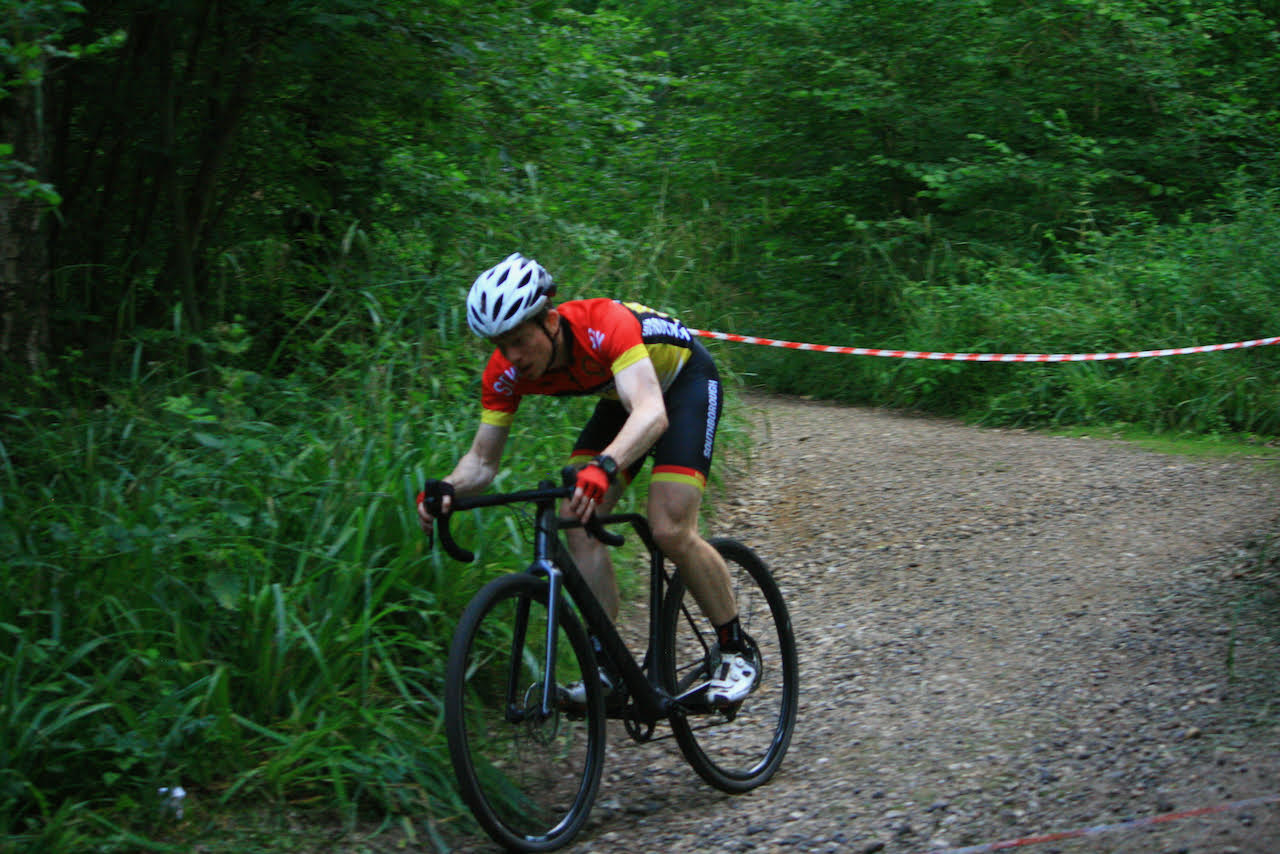
Sean's a veteran bike tester and XC racer so has plenty of experience in judging what makes the ideal MTB saddle.

Graham Cottingham joined the BikePerfect team as our senior tech writer in 2020. With over 20 years of riding experience, he has dabbled in downhill, enduro, and gravel racing. Not afraid of a challenge, Graham has embraced bikepacking over the last few years and likes nothing more than strapping some bags to his bike and covering big miles to explore Scotland's wildernesses. When he isn’t shredding the gnar in the Tweed Valley, sleeping in bushes, or tinkering with bikes, he is writing tech reviews for BikePerfect.
Rides: Cotic SolarisMax, Stooge MK4, 24 Bicycles Le Toy 3, Surly Steamroller
Height: 177cm
Weight: 71kg
- Rich OwenEditor, BikePerfect
- Guy KestevenTechnical-Editor-at-Large
- Sean FishpoolFreelance writer
